Nau mai, haere mai, welcome to Te Whatu Ora - Health New Zealand Hauora a Toi Bay of Plenty
Nau mai, haere mai, welcome to Te Whatu Ora - Health New Zealand Hauora a Toi Bay of Plenty
On this page
Our district and health population
We are one of 20 health districts in New Zealand.
Until July 2022, we were known as the Bay of Plenty District Health Board (BOPDHB), which was established under the New Zealand Health and Disability Act 20001.
Our purpose is to fund and provide personal health services, public health services and disability support services for the Western and Eastern Bay of Plenty.
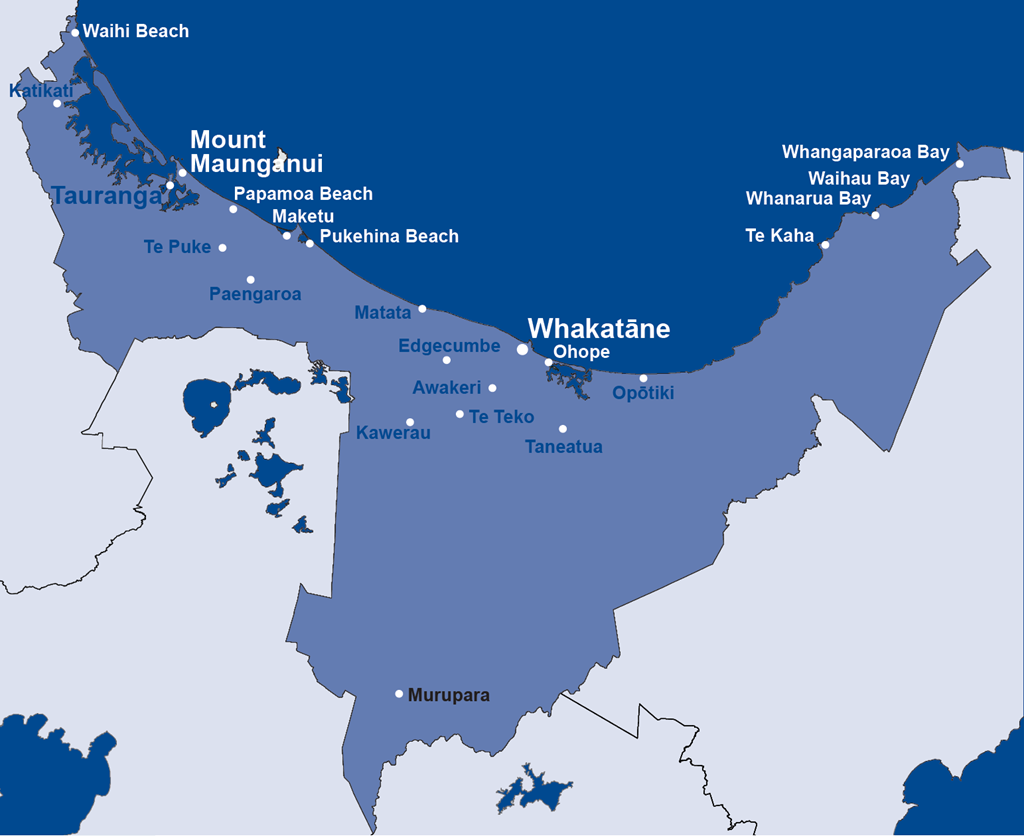
1. New Zealand Health and Disability Act 2000
We are one of 20 health districts in New Zealand, and one of five that make up the Midland region.
We serve a population of 255,11022 residents, with 199,751 in the Western Bay of Plenty and 55,359 in the Eastern Bay of Plenty.
The major population centres are Tauranga, Katikati, Te Puke, Whakatāne, Kawerau and Ōpōtiki.
Some 31% of our residents are aged under 25, and 25.6% identify as having Māori ethnicity. Eighteen iwi are located within our district.
The Bay of Plenty is growing at a faster rate than the New Zealand population as a whole. The population is forecast to grow by 20.5% between 2016 and 2026. Most of this growth is expected in the Western Bay of Plenty (particularly Tauranga), with the Eastern Bay of Plenty expected to have a static or declining population.
Some 78% of our population resides in the Western Bay of Plenty4.
- The Bay of Plenty is strongly bicultural, with 25% of residents Māori.
- 20% of our residents are 65 or older, and his is expected to grow to 25% by 2026. The over-85 age group will grow from 5,580 to 8,280 people.
- The 2011-2014 New Zealand Health Survey recorded that 5% of our population smoke. This is higher than the national average of 17.7%.
- The rate of obesity is higher than the national average at nearly 32% of all adults.
We acknowledge these challenges and are refocusing our approach to achieving health outcomes.
Over the next 30 years, a collective effort will be required to improve the health of all New Zealanders4.
We will become more collaborative with our community and agencies outside the health sector.
Population by age 2019/20
The Bay of Plenty’s population tends to be older than the national average4.
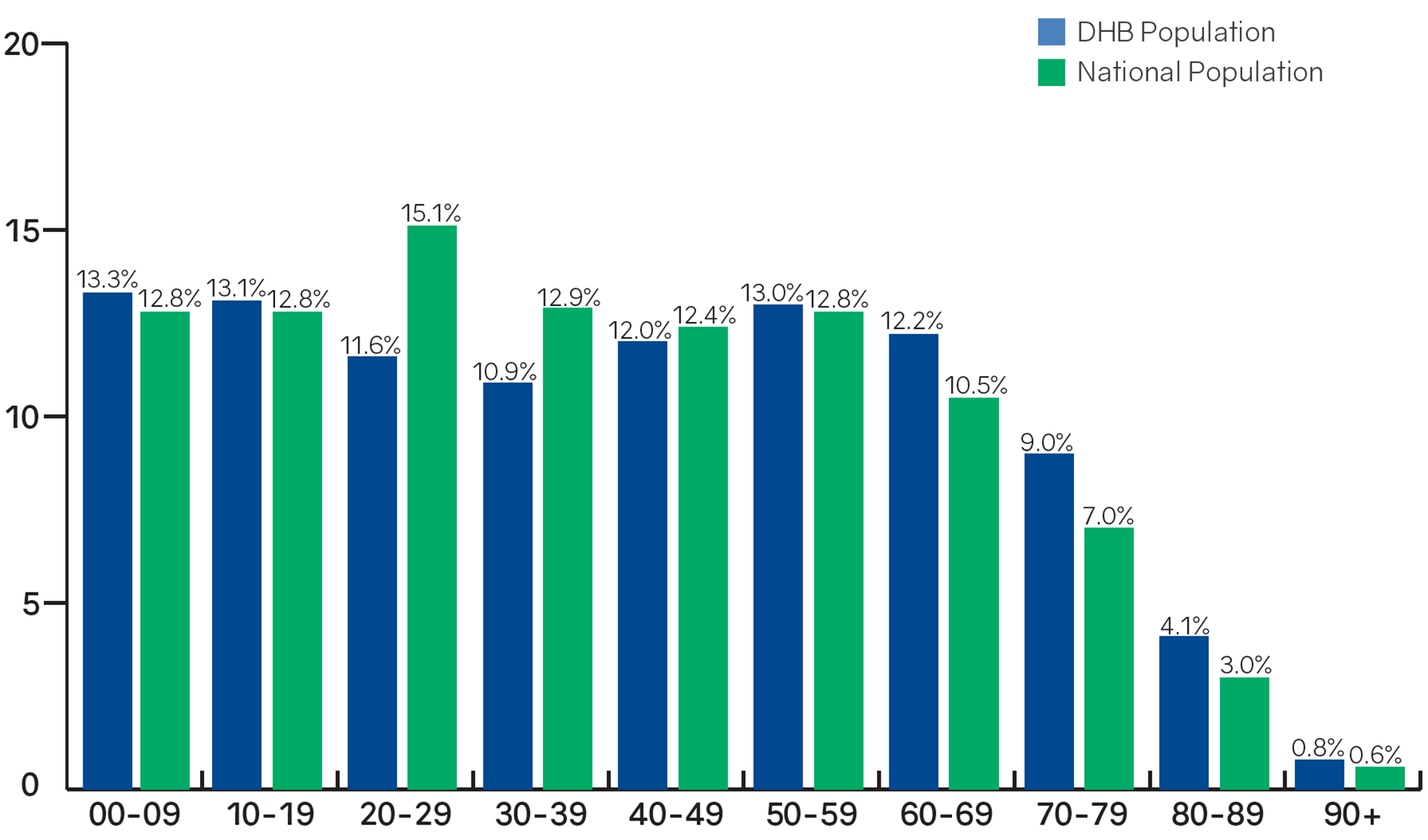
Ethnic mix 2019/20
The Bay of Plenty has a higher proportion of Māori than the national average, and a lower proportion of Pacific people.
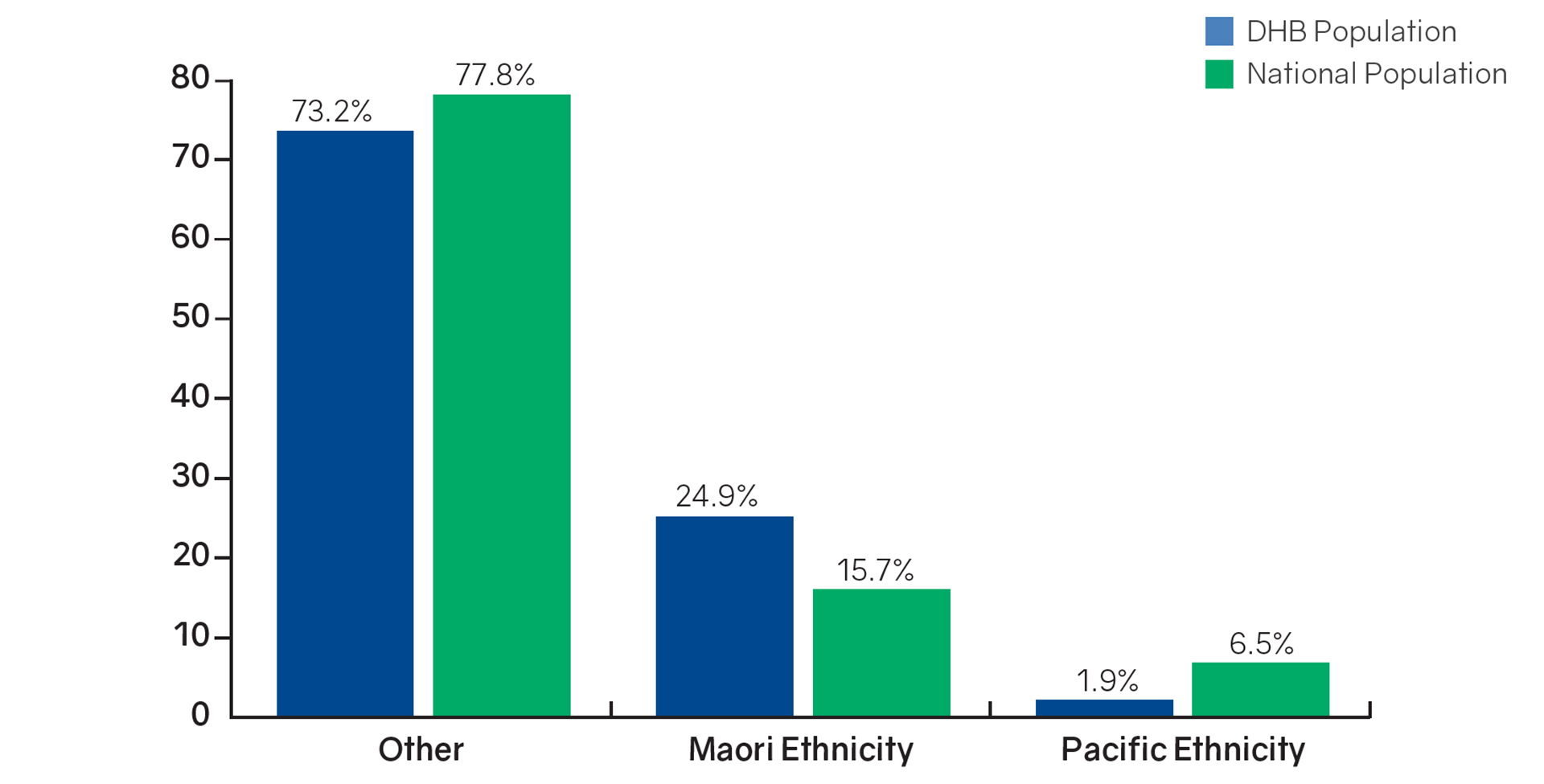
Deprivation 2019/20
The Bay of Plenty has a relatively low proportion of people in the least-deprived section of the population, while the most-deprived sections are over-represented.
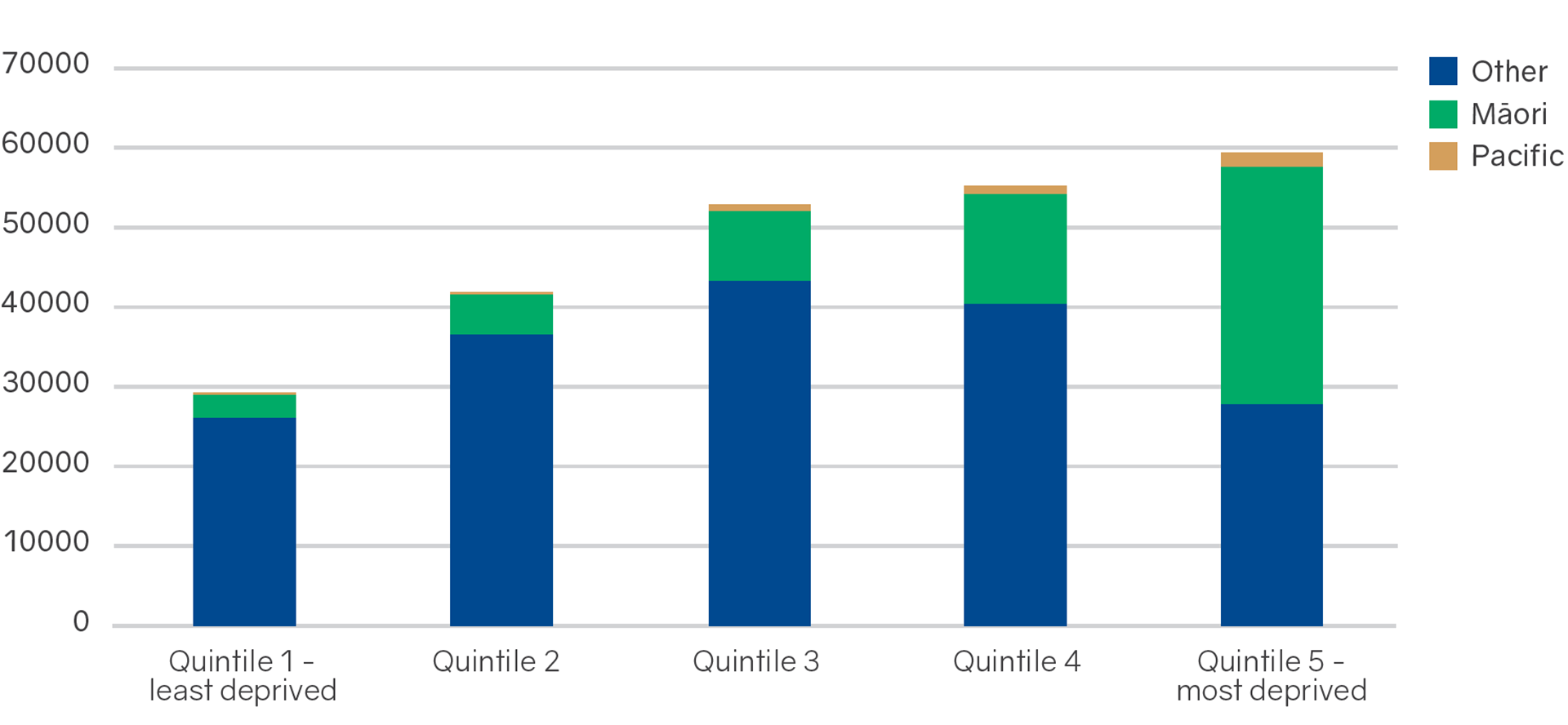
2. Ministry of Health projected population for 2019/2020 based on 2018 census data.
3. Mason Drury November 2015.
4. Ministry of Health NZ
Nga moemoe, nga kaupapa. Our vision, mission, and values.
Our VisionTā Mātou Moemoea
Kia Momoho Te Hāpori ōrangaHealthy, thriving communities
Our MissionTā Mātou Matakite
Enabling communities to achieve good health, independence and access to quality services.
Our ValuesĀ Mātou Uara
Our CARE values underpin the way we work together to provide you with a better-connected health system that is patient and whānau centred.
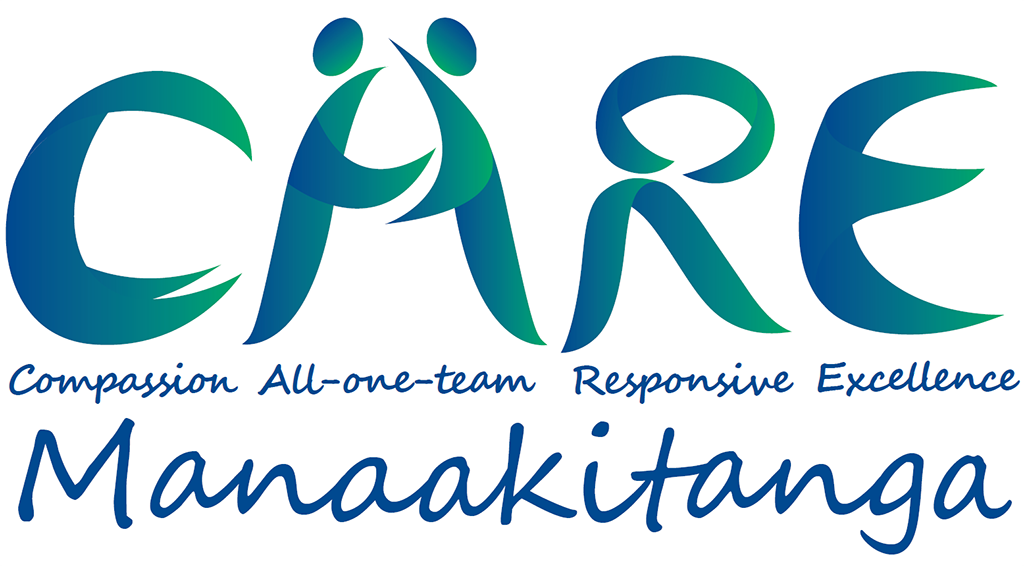
The CARE values are aligned with our He Pou Oranga Tangata Whenua Māori Determinants of Health Principles.
He Pou Oranga Tangata Whenua Māori Determinants of Health Principles
Wairuatanga
Understanding and engaging in a spiritual existence.
Rangatiratanga
Positive leadership.
Manaakitanga
Show of respect or kindness and support.
Kotahitanga
Maintaining unity of purpose and direction.
Ukaipotanga
Place of belonging, purpose and importance.
Kaitiakitanga
Guardianship and stewardship over people, land and resource.
Whānaungatanga
Being part of and contributing collectively.
Pukengatanga
Teaching, preserving and creating knowledge.
Graham Bidois Cameron, Pou Tikanga, Māori Health Gains & Development, explains the meaning of Manaakitanga that sits over the organisation's CARE values.
